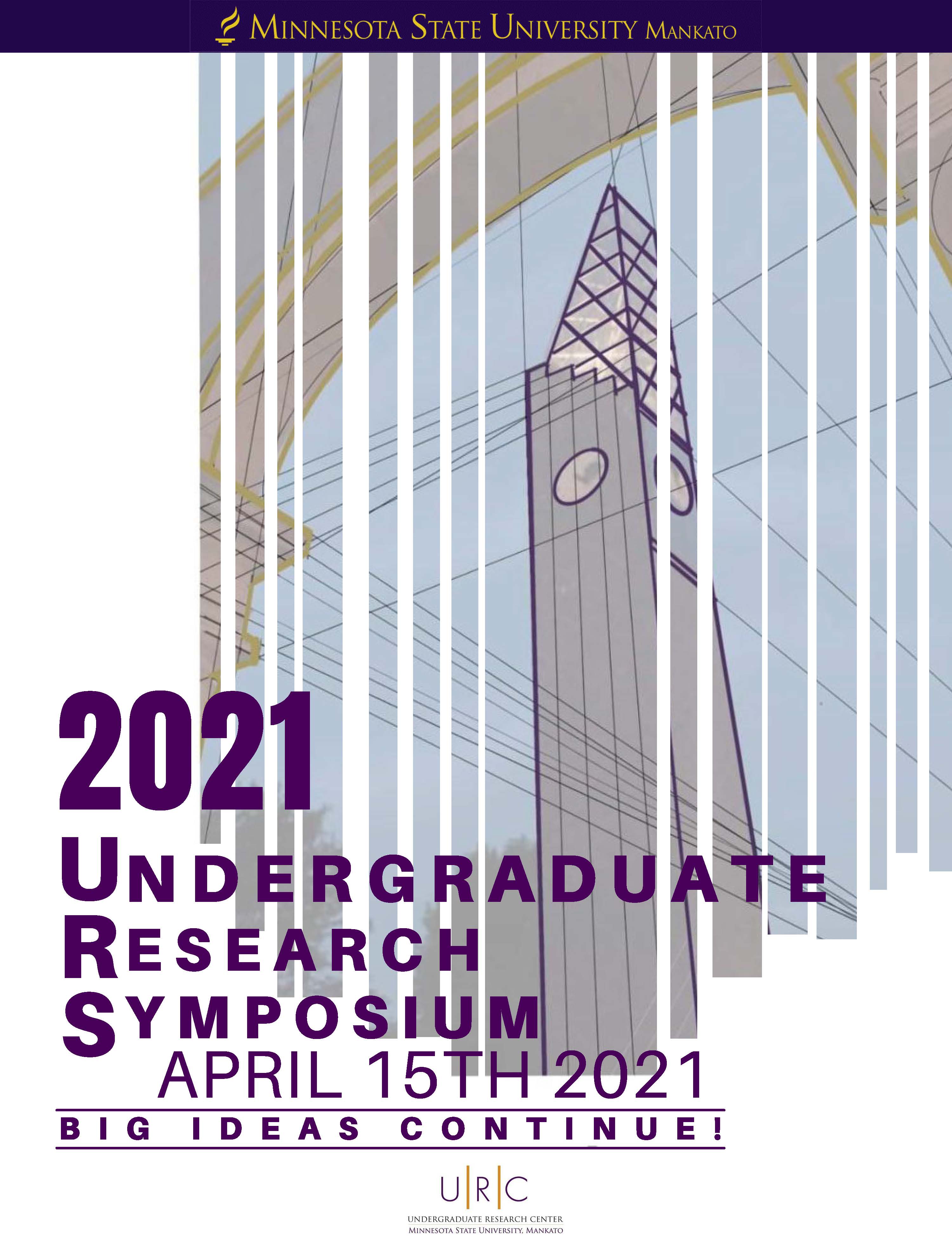Strategies for Teaching History
Start Date
15-4-2021 3:30 PM
End Date
15-4-2021 4:30 PM
Student's Major
Psychology
Student's College
Social and Behavioral Sciences
Mentor's Name
Emily Stark
Mentor's Department
Psychology
Mentor's College
Social and Behavioral Sciences
Second Mentor's Name
Jill Cooley
Second Mentor's Department
History
Second Mentor's College
Social and Behavioral Sciences
Description
Over the past few decades the use of re-enactments and simulation learning has become an increasingly popular teaching method for helping students understand history. This learning style asks students to research a particular event in history, while looking through the eyes of someone that lived during that time. Recent research by Thomas Hagood and Watson Edward, along with Dawn McCormack and Karren K. Peterson, has shown that there are many positive aspects to this teaching method. Studies have shown the simulations help establish better public speaking, research, and social skills in students, as well as learning how to analyze historical topics and develop different perspectives to use during the research process. This current study, conducted at Minnesota State University, Mankato, compared and contrasted two types of history class teaching methods, “Reacting to the Past simulations” and a regular history survey classes. 50 participants completed a survey that asked a series of questions related to their experience with the teaching methods being studied. The purpose of this study was to measure the effectiveness of both teaching methods from the students' viewpoint. This study targeted getting a better understanding of where improvements can be made and evaluating skills students built on while participating in these two teaching methods.
Strategies for Teaching History
Over the past few decades the use of re-enactments and simulation learning has become an increasingly popular teaching method for helping students understand history. This learning style asks students to research a particular event in history, while looking through the eyes of someone that lived during that time. Recent research by Thomas Hagood and Watson Edward, along with Dawn McCormack and Karren K. Peterson, has shown that there are many positive aspects to this teaching method. Studies have shown the simulations help establish better public speaking, research, and social skills in students, as well as learning how to analyze historical topics and develop different perspectives to use during the research process. This current study, conducted at Minnesota State University, Mankato, compared and contrasted two types of history class teaching methods, “Reacting to the Past simulations” and a regular history survey classes. 50 participants completed a survey that asked a series of questions related to their experience with the teaching methods being studied. The purpose of this study was to measure the effectiveness of both teaching methods from the students' viewpoint. This study targeted getting a better understanding of where improvements can be made and evaluating skills students built on while participating in these two teaching methods.




